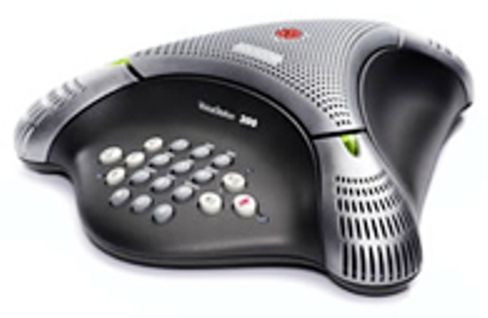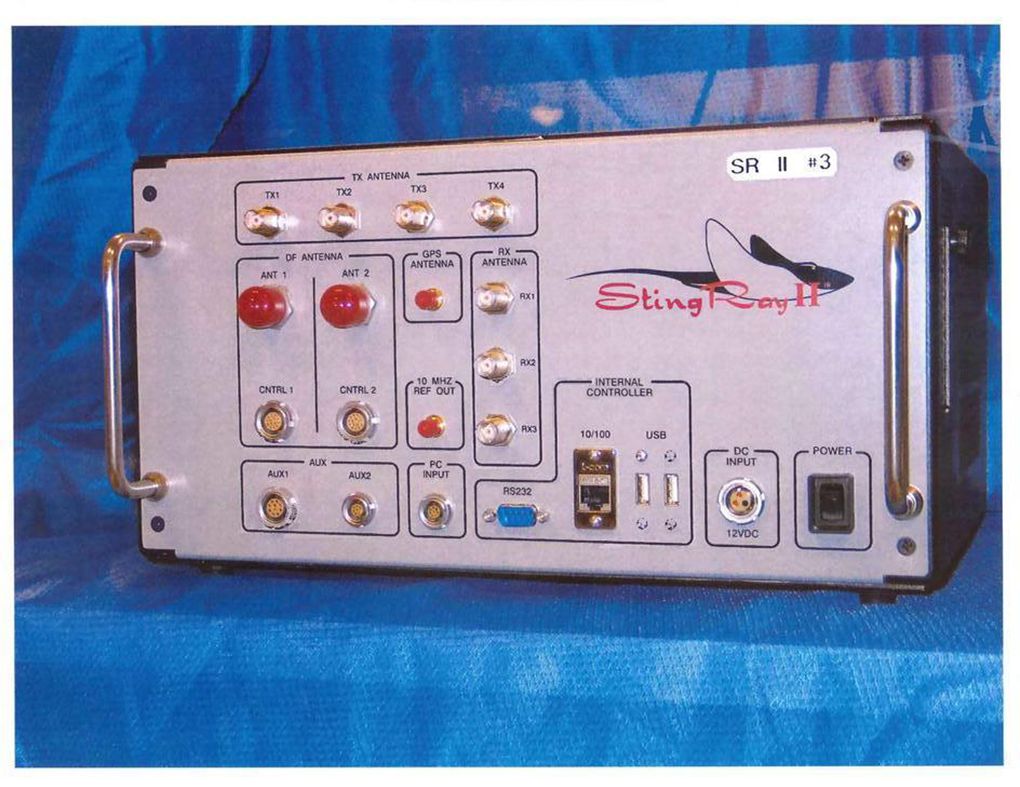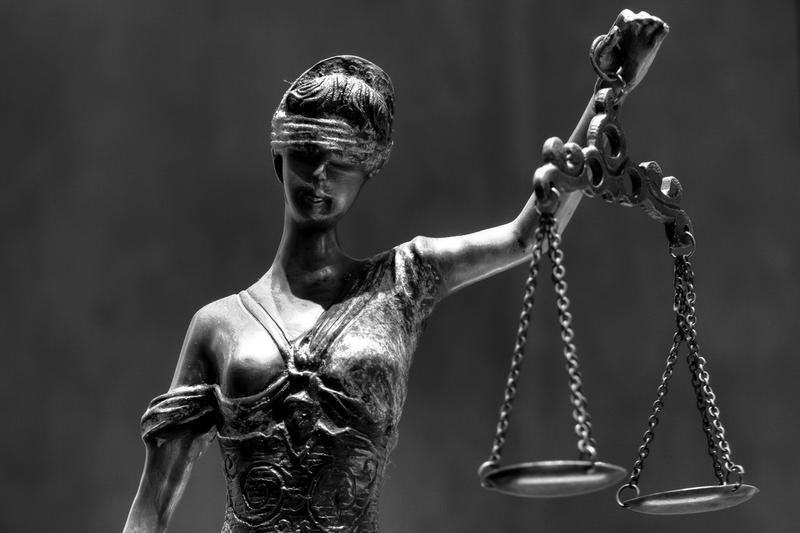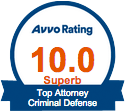

A news report from time.com discusses how many states have bizarre, outdated and just plain weird laws regarding the sale and consumption of alcohol.
Texas
Texas prides itself on its business-friendly, free-market ethos. But when it comes to alcohol, Texas has some pretty elaborate regulations. Wal-Mart is feuding with Texas over the state’s refusal to let it stock liquor in its aisles. The issue? A 1995 law preventing public companies with more than 35 shareholders from selling hard liquor in the state. Walmart, which argues the law is unconstitutional, sued. Earlier this week, a court date was set for Sept. 2016.
Pennsylvania
For sheer strangeness alone it’s hard to beat Pennsylvania v. 2,447 Bottles of Wine. With its Quaker roots, Pennsylvania has some of the strictest alcohol rules in the nation, allowing sales of wine and liquor only through 600 special-state run stores. When a Chester County attorney was recently charged with importing more than 2,400 bottles of wine and selling some without a license, he struck a deal that let him keep about 1,000 bottles. But state law requires the remainder, more than 1,300 bottles, to be destroyed.
Massachusetts
Pennsylvania has Quakers, Massachusetts has Puritans. If that conjures an image of dour finger waving, you’re not far off the mark. Massachusetts law bans happy hours and drink specials, not to mention drinking games, and severely restricts when supermarkets can sell beer and wine. Some think the Bay State may interpreting its heritage too seriously. The Boston Globe,citing a colonial historian who noted that early settlers opened plenty of taverns, recently argued “Drinking Laws in Massachusetts Aren’t Puritanical — They’re Worse.”
Maine
Like many states, Maine restricts the sale of liquor on Sundays, in this case prohibiting it before 9 a.m. There is an important exception, however. In 2013, sharp-eyed Mainers realized St. Patrick’s Day would fall on a Sunday that year. Not to worry: Gov. Paul LePage signed an emergency law allowing liquor to be served as early as 6 a.m. when the holiday falls on a Sunday. Crisis averted.
A state also known for its traditions, though not necessarily puritanical ones. Louisiana was the last state to raise its drinking age to 21 from 18. It has taken certain additional steps to combat drunk driving, including an open-container law, which discourages drinking in a vehicle, at least in theory. The law acknowledges the state’s ubiquitous drive-by daiquiri stands with a provision that considers a container closed so long as the straw hasn’t been put in the opening on the lid of the cup. One recent transplant describes the apparent logic of this:
As my friend once said, during my inaugural drive through daiquiri run, “We’re not going to drink it while we’re driving, we’re just going to go get it.”
“Then what are we going to do with it?”
“Then we’re going to go stop and drink it,” she said.
Nevada
In Nevada, bars can (and do) stay open 24 hours, and liquor can be sold at supermarkets and convenience stores. Open containers are permitted in Las Vegas and the nearby Strip. Also, state law explicitly states that it is not a crime to be drunk in public because drunkenness is a health problem—and obviously what all those people sipping gin and tonics on the patio of the Bellagio’s pool need most is the Nevada State Legislature’s support and sympathy.
New Jersey
Several states, including Massachusetts, Pennsylvania, and Idaho, set quotas for the number of liquor licenses they issue to bars and restaurants. That can lead to licenses being traded on the secondary market and changing hands for hefty sums. There are reports of sales in Montana for as much as $1 million. But no one does a shakedown like New Jersey. One New Jersey license reportedly sold for as much as $1.6 million.
Idaho
While Idaho’s liquor licenses may not sell as for as much as New Jersey’s, the state’s quota system has drawn attention for a different reason. The quotas, which allow for just one license for every 1,500 people, are designed to be strict: Temperance is written into the state’s constitution, which calls it a “first concern” of good government. But granting exceptions has proved pretty tempting too. The result: a spate of laws that seem to open the door, if only a crack, like this one highlighted by the Institute for Justice.
For example, in order to grant an exception to Clark House, a historic bed and breakfast on Hayden Lake, the Legislature passed an amendment lifting the rural license ban on any hotel that ‘has been in existence for at least 75 years and has been on the historic register for a minimum of 10 years, is situated within 500 yards of a natural lake containing a minimum of 36,000 acre feet of water when full with a minimum of 32 miles of shoreline, and is located in a county with a minimum population of 65,000.’
Utah
If there’s one thing you know about Mormons it may be that they don’t drink alcohol (or coffee for that matter.) So it’s not a huge surprise that Utah’s attitude toward liquor is more like Pennsylvania’s than that of its next door neighbor Nevada. In fact, Utah’s regulations are so strict, the Salt Lake City tourism board has a whole page devoted just to debunking Utah drinking law myths. The “Zion curtain,” in which the bartender mixes drinks out of sight, really exists—although only in restaurants opened after July 2012, not in bars or clubs, we are reassured. You can have more than one drink in front of you at a time, although indeed it is not permitted to order a double. If you order a drink in a restaurant, you also have to order food, at least an appetizer (which can be shared). Sounding not a little defensive, the tourism board concludes: “But let’s be honest: there are lots of weird liquor laws in the world.”
Washingtonians, if you think we’ve got it bad, there is worse.
Please contact my office if you, a friend or family member are charged with a crime. Hiring an effective and competent defense attorney is the first and best step toward justice.


















